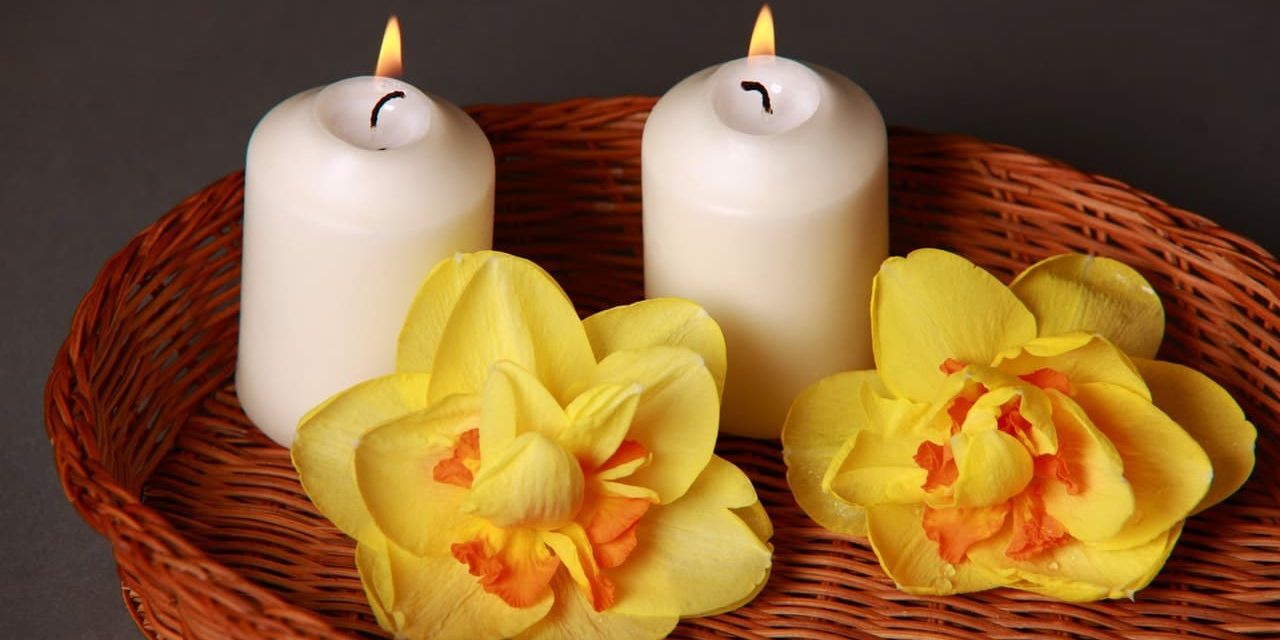Who are you as a teacher? Join us for ‘The Courage to Teach’
I’ve been a teacher for most of my working life. Although nowadays that teaching is all about introducing mindfulness to people and encouraging mindfulness practitioners into teaching themselves. Before this, it was variously about housing and social policy, urban and regional economics, and public sector management.
When it came to my own mindfulness teacher training, I remember I had a lot of impatience about getting started. After all, I’d had plenty of experience creating and getting to grips with programmes and curricula. As I worked my way – sometimes not with very good grace – through my mindfulness teacher training, I picked up Parker Palmer’s little book ‘The Courage to Teach’. It’s not a ‘mindfulness book’ as such. A bit like the tale of the candle that was lit from the candle that was lit from the Dalai Lama’s candle, someone mentioned it to someone, who mentioned it to someone, and somehow it ended up on a reading list. If you look at the book, there’s another clue as to how it found its way towards the mindfulness teaching community. One Jon Kabat-Zinn writes on the cover:
“A profoundly moving, utterly passionate, and inspired articulation of the call to, and the pain and joy of, teaching. It is must reading for any and every teacher, at any level.”
So who is Parker Palmer and what’s at the heart of his lovely book?
Well, Parker is a U.S. based educationalist, writer and activist, who concerns himself with leadership, education, community, spirituality and social change. A non-profit organisation, the Center for Courage & Renewal, was created to be the home for a range of programmes and retreats based on his work, and for a network of facilitators who would take the work out and disseminate it.
‘The Courage to Teach’ is one of the Center’s key programmes, the fruit of many years of work to support teachers in American schools working in difficult working conditions where most people would simply lose heart. The lessons from this work ring true for us all though. First, the approach is anchored in the old French root meaning of the word courage as ‘heartfulness’ – the word ‘courage’ derives from the French work for heart, coeur. Then, following on from this, the basic premise of ‘courage work’ is that good teaching – whatever the field – isn’t just about technique, but is fundamentally to do with the identity and integrity of the teacher. The best teachers are authentically present – deeply connected with themselves, connected with their students, and connected with their subject. These connections are held together in a teacher’s heart – the place where intellect, emotion and spirit converge in the human self. And so good teaching is about weaving a life-giving web between ourselves, our subject, and our students, helping our students to learn how to weave this world for themselves.
While we usually pay attention to the ‘what’ and ‘how’ of our teaching, this focus on who we are as a teacher and how we come into authentic presence, which Palmer puts at the centre of good teaching, is rarely our central concern when we are training or developing as teachers. Which is odd, really, because most of us already know this inwardly: we never forget a teacher who inspired us – or for that matter someone who had the opposite effect on us. Who they were as teachers influenced us. In my case, a wonderful man called Graham Badley, another educationalist, with whom I worked in recent years continues to influence me. His direct and sometimes crazy questions, his humour, and his kindness will always be with me. He was entirely authentic and you could feel it when he taught. He was alive and real.
When I told Graham that I was going to train as a facilitator with Parker Palmer’s non-profit organisation he replied that he met him once and he’d been reading his stuff for years. I told him how I’d wished I’d read ‘The Courage to Teach’ twenty years ago and that now I’d discovered it I couldn’t leave it alone. He asked me what it was that had hooked me. I replied that Parker talked about how one’s teaching was an expression of our inner state – our heartfulness – and that though I knew I was skilled at mastering information and shaping it, I’d realised I wanted to create more space for myself to come alive in the classroom. It was a call to bring my heart more fully into my work; I needed to learn to know my own heart better so I could show up more.
As a facilitator now for the Center for Courage & Renewal, I design and hold retreats throughout the year, not just for teachers – sometimes for generic groups of people, and sometimes for particular groups or organisations. ‘Courage work’ and the contemplative and self-reflective practices associated with this approach to retreats sit well with mindfulness, and the two are wonderfully mutually supportive.
So I’m delighted to be designing and leading a CPD event for mindfulness teachers and teachers-in-training for The Mindfulness Association in October this year. Heather will be supporting me, and we’re looking forward to a spacious couple of days of exploring the ‘who we are as teachers’ question and listening to what our inner voice – our heartfulness – has to say. We’ll take prompts from stories, poetry, images and conversations to touch on such themes as how we locate ourselves in our mindfulness work, our innate gifts and the challenges we face, what sustains and inspires us, how we hold dilemmas, how we move forwards…
Join us for a rich and reflective weekend!
-Barbara Reid



Thankyou, Barbara. Currently reading the book, loving it and hoping to join you in London! 🙂